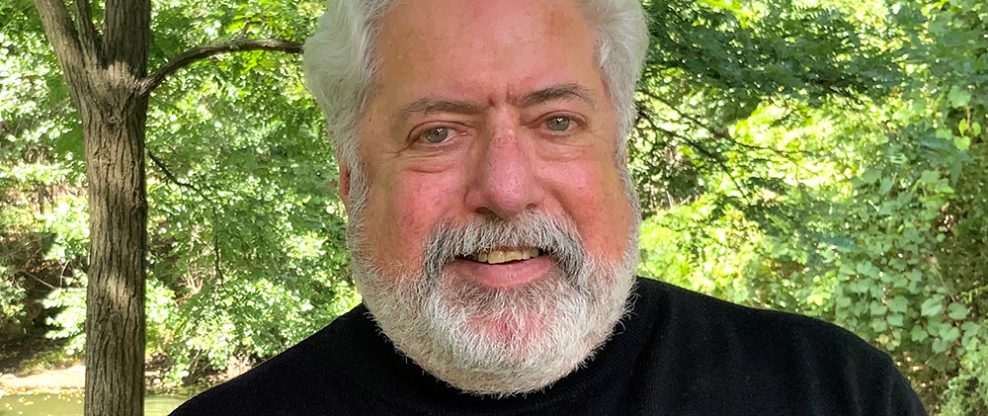Growing up, I remember Texaco’s slogan: “You can trust your car to the man who wears the star…the big bright Texaco Star.” When a high school friend, notorious for delinquency and underage drinking, became the local Texaco manager at just 19, it became clear that trusting him with your car was a mistake, star or not. I used to think anything labeled “Government Approved” was reliable, until I realized how incompetent the government can be. Then there’s the claim of being “the Most Trusted name in News”—but trusted compared to what? Nowadays, America’s bullshit detector is sharper than ever, especially among the growing group of the “mass appeal intelligent,” who feel overlooked. The moment you have a slogan, you risk becoming one of the deceivers. Many marketers fail to grasp this, and the new mainstream consumer is increasingly skeptical. That era of blind trust is over.
This brings us to a new essential: Trust. Traditional brands might attempt to fool their audience with a “You can Trust Us” slogan, but that’s just a trick, not genuine trust.
In the digital age, you can generally trust your friends, which is a big part of social media’s influence. But brands? Very few earn genuine trust, especially considering the multitude of critics and self-proclaimed experts. This is a troubling trend, but it benefits those outside the corporate sphere. Remember the days when you could trust your local radio DJ to play great music? Now, radio has become so generic that even the average listener can tell. You might like the song, but it’s unlikely because of the DJ’s endorsement. And don’t get me started on TV news.
Today, everyone has a voice, which is fine, but you can’t trust 95% of those voices. In the world of brands, it’s probably closer to 99%, making the few trustworthy sources that much more valuable.
Trust is built on passion, character, and strength. For example, you can hear these qualities in Howard Stern’s work.
Building trust requires respect. Treat your audience like fans, and they may become loyal supporters. Treat them like mere statistics—like millennials or Gen Z—and that’s all they’ll be.
Cool and trust are the two key elements. Much of it comes down to what you don’t do, which is why we insist on rethinking everything to avoid slipping into the mediocrity of corporate culture. While I respect what corporate media has accomplished, imitating them will lead to failure. The past is the past; the focus should be on creating something new.
So, who inspires our sense of Trust and Cool? They certainly aren’t the major media players. They are visionaries like Kubrick and The Beatles, who embody both qualities through their work.
One of the crucial lessons we teach in our boot camps centers around the creation of “Sgt. Pepper” and “2001: A Space Odyssey.” These works:
– Perfectly captured their time, resonating with the culture of their era. Though dated, their essence invites curiosity and relevance today.
– Were driven by a revolutionary mindset—free and fueled by a passion for boundless creation. They represent pure truth.
This isn’t about reliving the 60s; it’s about introducing a process and style that fosters original, remarkable work that mirrors today’s world—not some outdated focus group mentality or the status quo of “NBC does it this way.” There is a way to create media that drives commerce.
This process is free from the clichés of Madison Avenue and corporate jargon. It cultivates creators—writers, producers, brand strategists—who have the potential for greatness and equips them with the mental tools to innovate at the level of “Sgt. Pepper” or “2001” in today’s context.
Gonzo creativity thrives in technology! Yet, in content creation, we often feel stuck in the past. It’s about where exceptional content merges with groundbreaking technology. We should aim to create programming that’s as enchanting as the technologies that deliver it, rather than hoping mediocre content becomes extraordinary simply by being online.
Our inspiration stems from “2001” and “Sgt. Pepper,” not from networks or old media conglomerates. It comes from the process, the soul, the truth, and the bold imagination needed to create exceptional work that reflects the 21st century. While film has embraced this approach, radio and TV formats haven’t yet achieved it.
We are crafting the future through extreme creativity, drawing inspiration from remarkable sources. The creative process is surprisingly similar across centuries; it’s just that few today are thinking this way, opting instead for boardroom decisions and autopilot creativity. Curious about that? Just browse cable television—you’ll see.
Personally, I find the most excitement in hiring talented individuals, providing them with a framework and a fresh perspective, and watching them create a 21st-century interpretation of “2001” and “Sgt. Pepper.” It’s not about copying; that’s impossible.
It’s about learning the mindset that fueled those creations. Right now, it’s not about reliving the 60s but embracing a way of thinking that inspires new brands, formats, production styles, economics, and soul. You can’t design the future without understanding the past, and then you must unleash creativity to produce something that embodies 2020—defined by the streets, imaginative minds, and the magic of creation, free from the constraints of old media and clichés.





























